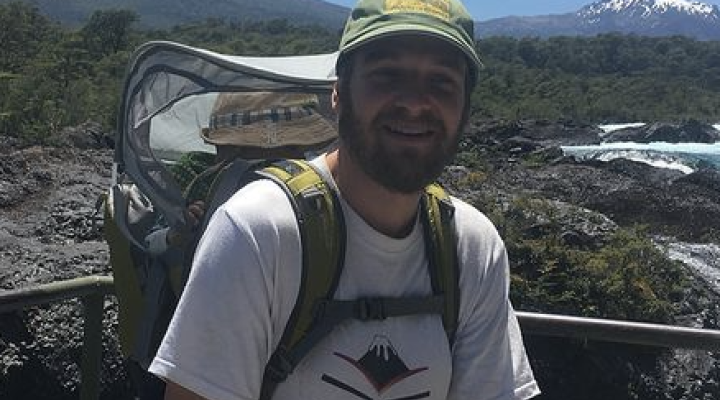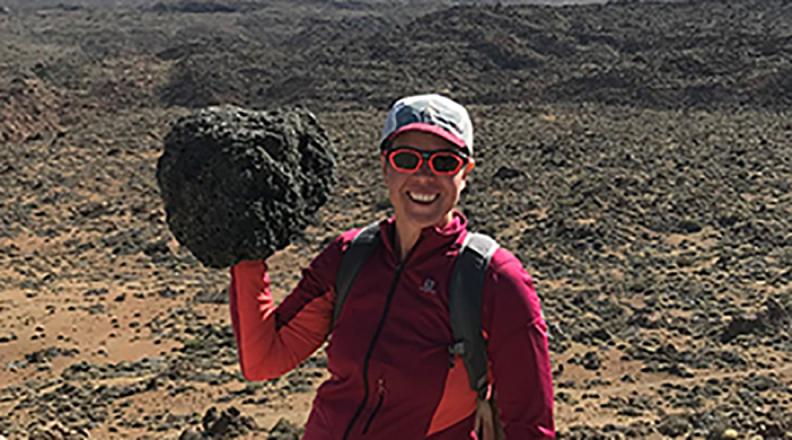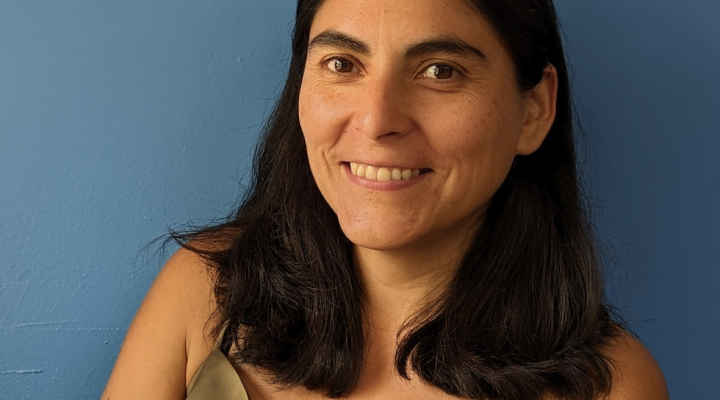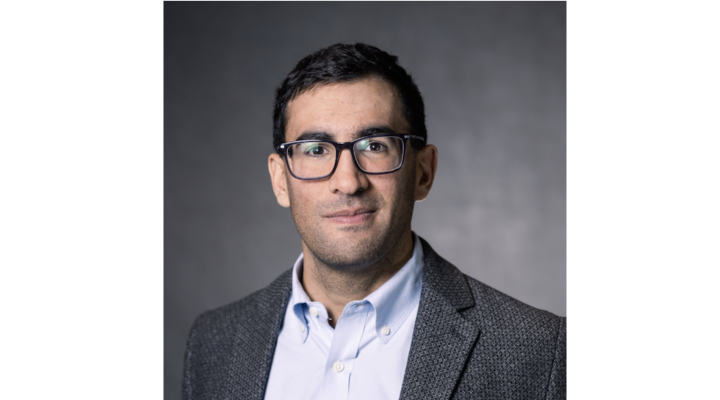by Chris Dawson
Cornell Engineering Earth and Atmospheric Sciences professor Kade Keranen would like to change the rules of policy debates by giving sound scientific research a greater role. Keranen’s research has taken her out of the confines of the academic world and into the rough and tumble of the national policy debate over the drilling process known as hydraulic fracturing—or just-plain “fracking.”
Keranen believes that scientists have a major role to play in the debate about fracking, in New York and elsewhere. “Humans have already gotten all of the oil and gas that are easy to get to,” says Keranen. “Now we are having to work harder to get at what is still there, and this means we are drilling in riskier places. One of my goals is to do good research and give solid data to regulators so they can make sound decisions based on the data. We are not anti-anybody,” says Keranen. “We are pro-science.” This may seem like an obvious statement, coming from a scientist with the academic and intellectual chops of Keranen. But the worlds of science and public policy don’t always operate by the same rules and assumptions.
“My ultimate goal does not really have anything to do with energy policy or fracking. It is to improve our ability to estimate the probability of an earthquake. Every time we listen harder to the ground we find more signals,” says Keranen, while taking a break from her data-intensive research. “I want to use more instruments and layer the data and see what we can learn.” What Keranen and some colleagues have learned from data they collected in Oklahoma is that injecting large amounts of fluids into areas with faults can cause earthquakes. The data tells her this is so, but not everyone wants to hear it. Some Oklahoma officials have publically disagreed with Keranen’s conclusions, saying that “the majority, but not all, of the recent earthquakes appear to be the result of natural stresses.”
Hydraulic fracturing was first used in the 1940s and has been practiced ever since. A well shaft is drilled and a fluid is pumped down the shaft at high pressure. The fluid usually consists of water, sand, and various chemicals. The fracking fluid under pressure forms small cracks in deep-rock formations, allowing trapped gas, petroleum, and brine to flow into the well shaft once the hydraulic pressure is removed. The small fractures are kept open by grains of sand or by aluminum oxide injected into the deep-rock layer, thus allowing the gas, petroleum, and brine to continue to flow through the formation. Development of this process has allowed drillers to tap into oil- and gas-rich shale formations that were previously too expensive to exploit.
The brine that rises to the surface along with the gas is reinjected back into the ground, below impermeable layers of rock to keep it from fouling aquifers and wells. Some wells produce millions of gallons of brine. In an area with many active wells, billions of gallons of fluid are collected and then reinjected under high pressure. It is this process that Keranen’s research has tied directly to swarms of earthquakes in Oklahoma. Keranen is very clear when she says that it is not fracking that causes earthquakes. Rather, it is the reinjection of brine that can sometimes cause earthquakes.
In moving to Ithaca and the Finger Lakes region, Keranen has placed herself very near the front lines of the national debate about fracking. A large swath of Upstate New York overlies a formation called the Marcellus Shale, which contains billions of cubic feet of natural gas. Drillers have been collecting this gas in the neighboring states of Ohio and Pennsylvania, but the State of New York has declared a moratorium on drilling in the Marcellus Shale. Drive down any country road in the region and you can see the debate about fracking play out in dueling lawn signs. Several Upstate municipalities have instituted their own bans on the process and, thus far, courts have upheld their right to do so.
Keranen is clear in conversation and in every interview she gives: she did not get into academia in order to become embroiled in the debate about fracking. Her ambition is to understand what triggers earthquakes. She has a strong intuition that many earthquakes are triggered by the movement of fluids in the earth, and fracking has created a giant experiment that Keranen can use to collect data to see if her intuition has any support in the real world. The billions of gallons of brine that rise to the surface and are then reinjected may serve as a lubricant that “unsticks” stuck faults and causes earthquakes, even miles from the reinjection well site.
Keranen and her fellow researchers have gathered data using the tools of seismology and hydrogeology to begin to picture what is happening underground. She finds the computationally-intense research gratifying. “I get a lot of personal reward from doing work that has some sort of direct value to society,” says Keranen. “I came to Cornell because Earth Science is not always part of engineering. Here, it is. This is a real strength of the program. There is a quantitative focus here and I really like to figure things out.” Keranen would like to eventually get to a point where she can remotely sense where fluids and stresses are building up, but, she says, “we are missing a lot of data.” Whatever Keranen and her colleagues discover, you can be assured they will let the data speak for itself.





